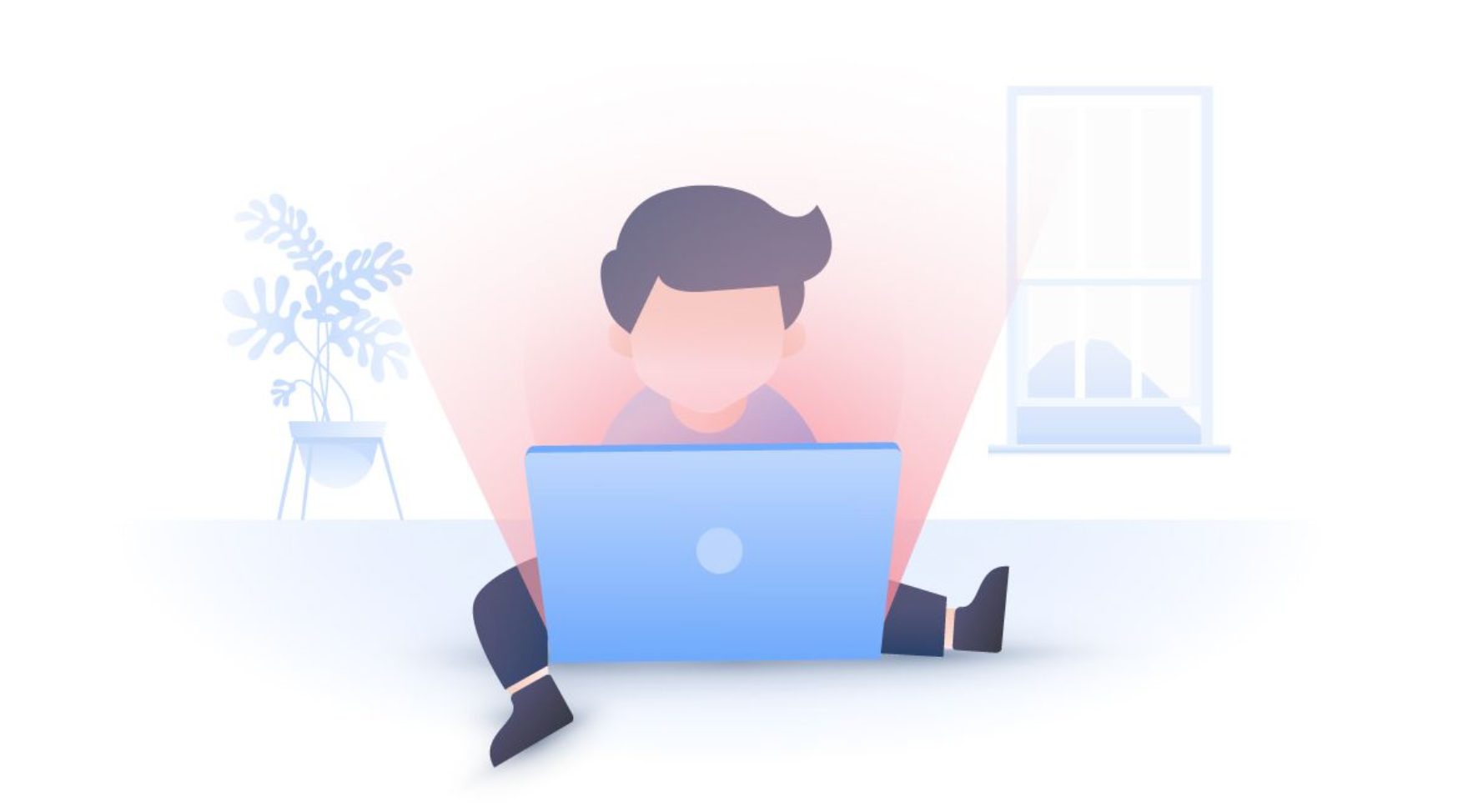The global rise of parental monitoring apps
If you’re a parent, your children’s safety will always be the top priority. Responding to that need, parental monitoring apps like KidsGuard, mSpy, Spy Phone, and Highster were created to keep kids safe online. These are invaluable tools if you want to protect your child’s safety, and new NordVPN research suggests that many parents are eager to take advantage of them. But, perhaps predictably, the rise of these apps has introduced a plethora of issues related to privacy and online freedom.

Like many apps created with good intentions, they can be taken advantage of by the very criminals parents want to shield their kids from. Let’s look at the global rates of adoption for parental monitoring apps over the last year, and the risks this technology poses.
What are the global rates of adoption for monitoring apps?
When comparing the results to figures from 2019, we’ve found that there’s been a 5% global rise in 2020. With 2020 being the year of COVID-19, the need to keep track of loved ones and who they’ve been in physical contact with could explain the bump in downloads. Let’s take a deeper dive into the figures and see what can be found.
NordVPN researchers used the SensorTower tool to look at the download numbers of the top 4 parental control monitoring apps. Alongside this, they also tracked the download numbers for the top 12 apps that detect monitoring. The results show some interesting trends. Bear in mind that any country with less than 5,000 downloads of monitoring apps did not make this list.

Pakistan has taken the lead, leaving quite the gap between first and second place. There were a total of 31,635 monitoring app downloads in Pakistan in 2020. Interestingly, many people in Pakistan have also become more aware of the threats posed by monitoring software in general. The latest data from NordVPN shows a sharp 560% increase in downloads of apps that claim to detect unwanted monitoring.
Europeans have also been taking steps to secure their children’s devices. Countries in Europe had the biggest overall upsurge in installations throughout 2020. When comparing the Netherlands’ and Pakistan’s figures, we can observe the same trends. In fact, the increase in downloads for apps that detect monitoring in the Netherlands rose by 211%, outpacing the percentile increase in parental monitor app downloads.
Beyond the top 10
If we look at countries that couldn’t make the top 10, we can see that some areas in the world take a different approach to parenting. For example, Australia actually had an 18% decrease in monitoring app downloads and a 38% rise in detecting apps. The United States shows similar results. Although there has only been a 1% fall in monitoring app downloads, the figures for detecting apps rose by 37%.
Perhaps the Australian public is more cybersecurity-conscious than the British public, who had a 1% rise in downloaded monitor apps. Comparing this to the 17% fall in monitoring detectors, the numbers could also be a result of COVID-19. Children and partners have nowhere to go in lockdown, so there’s less of a need to know where each other are.
Overall, global trends seem to be angling towards a higher adoption rate of parental monitoring apps. With so many millions of downloads in 2020, it’s worth looking at the capabilities of these apps. How useful are they, and should you be using one?
What can parental monitoring apps do?
In an age where criminals are becoming more tech-savvy by the day, it’s no wonder that parents have had to resort to monitoring apps. After all, what parent has the time to stand over their child’s shoulder every second they’re online?
It’s safer and easier to install a monitor on the device. But what exactly are the capabilities of these apps? Some of the top-rated apps have a full suite of features, which can include:
- Monitoring messages, along with individual app use;
- A GPS location tracker;
- Managing screen time and social media use;
- Notifying parents if something suspicious arrives in their child’s inbox;
- Applying a content filter to search engine results.
These monitoring apps for parents aren’t just for younger children — a social media manager, for example, is more suited towards young teenagers than pre-teens.
Of course, this isn’t all good use. For one thing, these apps can facilitate controlling or abusive behaviour. And the technology itself may be open to manipulation and hacking.
How to use parental monitoring apps safely
Allowing an app to gather information about a child’s exact location can be risky, for obvious reasons. If you’re going to rely on these apps, it’s important that you take precautions to ensure that they’re not hacked, and that any related password information stays private.
You need to configure all your devices so you’re the only one who can access them. This means password protection on everything. If you can reinforce those passwords with a second form of authentication, then make sure you do so. Install a VPN onto your device and activate it whenever you’re connected to the internet. This will stop anyone from snooping on your activity.
And if you find unauthorized monitoring apps operating on your device, deleting them shouldn’t be your first response. That could immediately alert the abuser, and potentially destroy vital evidence. Contact the proper authorities and seek professional help. You don’t need to solve this all by yourself.
For more data and insights, head over to the NordVPN Research Lab.
Want to read more like this?
Get the latest news and tips from NordVPN
